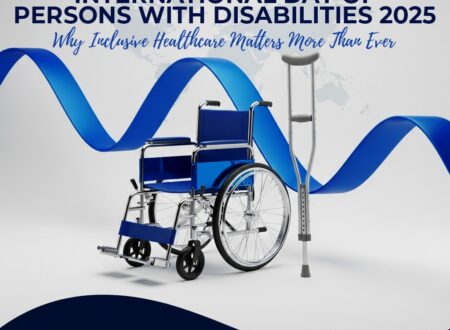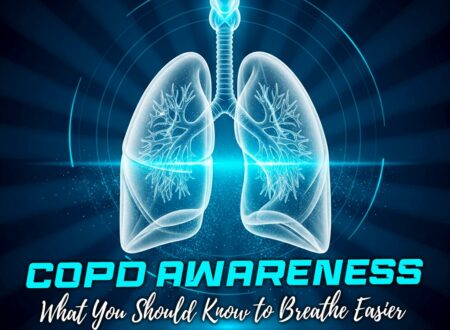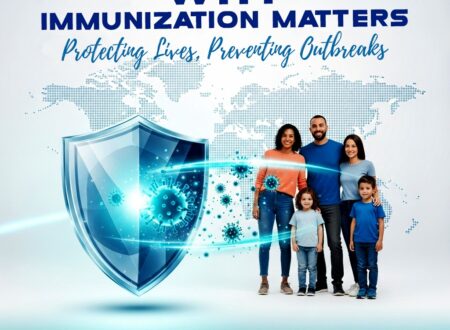Patient safety is the cornerstone of quality healthcare. Whether in hospitals, clinics, or home care settings, ensuring a safe environment for patients minimizes risks, prevents medical errors, and enhances overall well-being. Here are key tips and guidelines to prioritize patient safety effectively.
1. Effective Communication:
Clear communication between healthcare providers, patients, and caregivers is vital. Miscommunication can lead to medication errors, incorrect treatments, or misdiagnoses. Using standardized communication tools like SBAR (Situation, Background, Assessment, Recommendation) helps ensure clarity and efficiency.
National Deworming Day: Why Regular Deworming is Essential for Children’s Health
2. Proper Hand Hygiene:
Hand hygiene is one of the simplest yet most effective ways to prevent infections. Healthcare professionals should adhere to the “Five Moments for Hand Hygiene” established by the World Health Organization (WHO), which include washing hands before and after patient contact and after exposure to bodily fluids.
3. Medication Safety:
Administering the right medication in the correct dosage is critical to patient safety. Following the “Five Rights of Medication Administration”—Right Patient, Right Drug, Right Dose, Right Route, and Right Time—reduces the chances of medication errors.
Patient Safety First: Elevating Healthcare Standards for a Safer Tomorrow
4. Fall Prevention Strategies:
Falls are a common risk in healthcare settings, especially for elderly patients. To prevent falls, ensure that patients have proper mobility aids, use bed alarms when necessary, and keep floors free of obstacles. Encouraging patients to use call buttons for assistance also enhances safety.
5. Infection Control Protocols:
Implementing strict infection control measures, such as wearing personal protective equipment (PPE), disinfecting surfaces, and isolating contagious patients, reduces the spread of infections. Healthcare facilities should also encourage vaccinations for both patients and staff.
6. Patient Involvement and Education:
Engaging patients in their care leads to better outcomes. Educating them about their conditions, treatment plans, and self-care strategies empowers them to make informed decisions. Encouraging patients to ask questions and express concerns fosters a collaborative approach to healthcare.
7. Continuous Staff Training:
Ongoing training and education for healthcare professionals ensure they stay updated on best practices and new safety protocols. Conducting regular drills and simulations can prepare staff to handle emergencies effectively.
8. Error Reporting and Learning from Mistakes:
A culture of transparency and accountability in reporting medical errors allows healthcare facilities to learn from mistakes and implement corrective actions. Establishing a non-punitive reporting system encourages staff to report safety concerns without fear of repercussions.
9. Safe Patient Transfers and Handling:
Improper handling of patients during transfers can lead to injuries for both patients and caregivers. Using assistive devices, following proper body mechanics, and having adequate staff support help reduce the risk of falls and musculoskeletal injuries.
10. Leveraging Technology for Safety:
Electronic health records (EHRs), barcode medication administration, and AI-driven diagnostic tools enhance patient safety by reducing errors and streamlining healthcare processes. Implementing these technologies can improve accuracy and efficiency in patient care.
Supporting a Loved One with Cancer: Practical Ways to Show You Care
Final Thoughts:a
Prioritizing patient safety requires a proactive approach and collaboration among healthcare providers, patients, and caregivers. By integrating these guidelines into daily practices, healthcare facilities can create a safer environment, improve patient outcomes, and build trust with those they serve. Investing in safety today ensures a healthier tomorrow for all.
By adopting these measures, healthcare professionals can make significant strides in minimizing risks and delivering high-quality care. After all, a commitment to patient safety is a commitment to excellence in healthcare.






